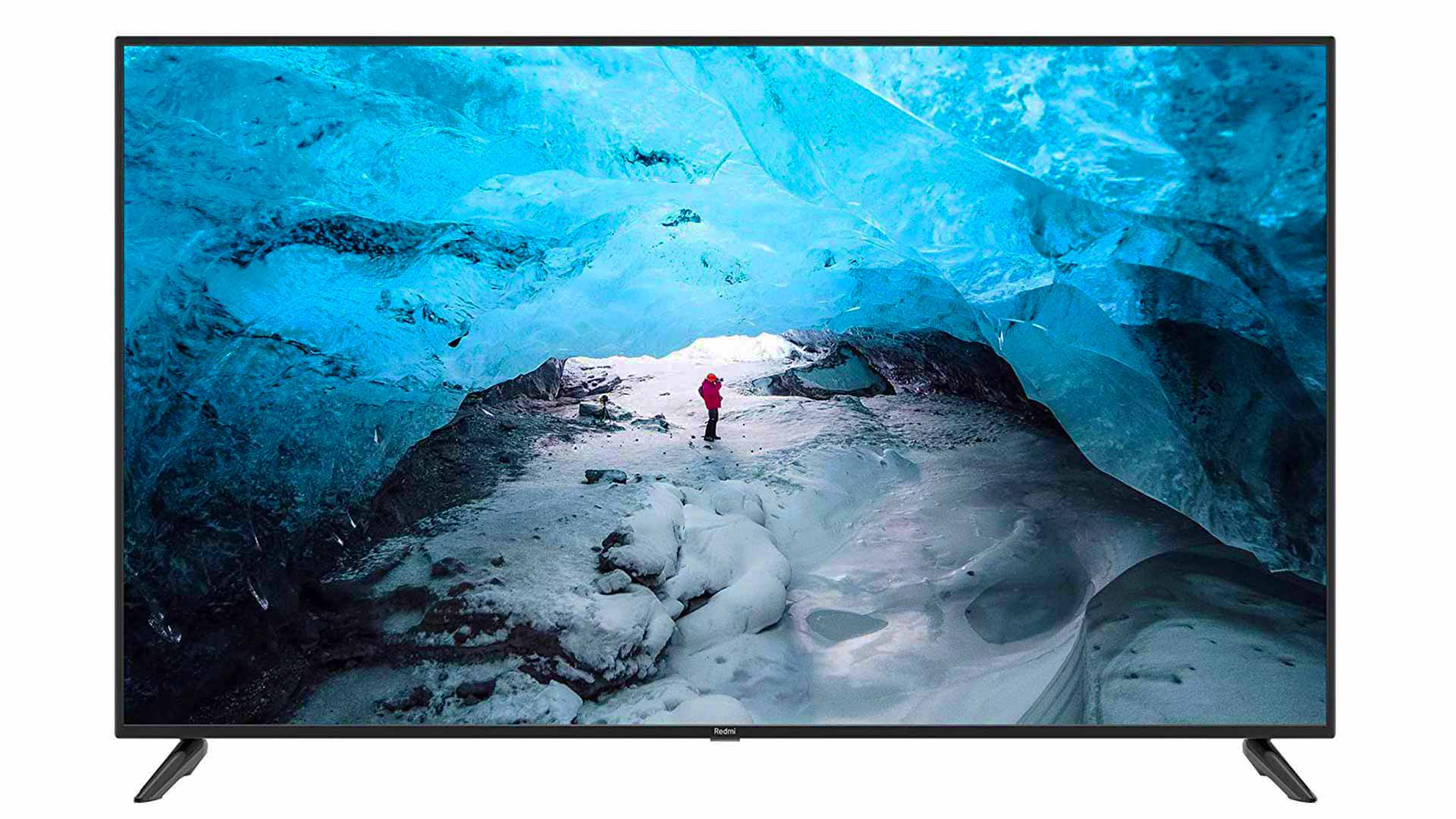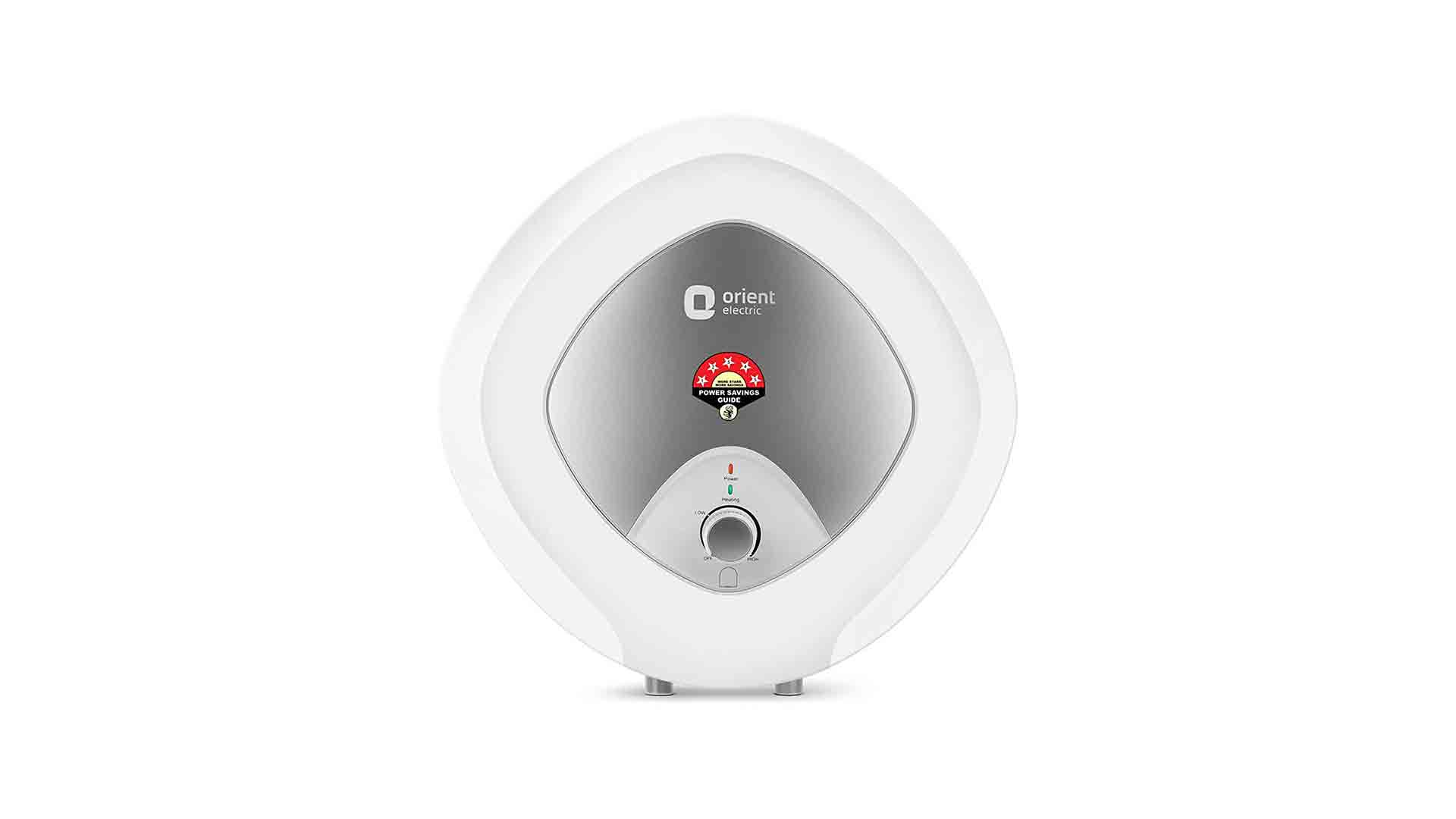The Ultimate Guide to Choosing the Perfect Microwave Oven
Choosing a microwave oven? Discover the different types, their pros and cons, and factors to consider before making a purchase.
History of Microwave Oven
Microwave ovens, a typical household appliance, have a fascinating 20th-century history. During WWII, the microwave oven was invented by chance. Percy Spencer, an American engineer working for Raytheon Corporation on radar research, noticed that a candy bar in his pocket had melted. Intrigued by this phenomenon, Spencer decided to investigate further, leading to the birth of the microwave oven.
The “Radarange,” the first microwave oven, was about six feet tall, 750 pounds, and $5000. Due to its size and cost, only restaurants and hotels could used it first. However, as technology advanced, the size of the microwave oven reduced, and it became more affordable, leading to its widespread use in households.
Microwave ovens are now an integral element of our kitchens, allowing us to rapidly and efficiently heat meals. They work on the dielectric heating concept, in which water, fat, and other molecules within the meal absorb energy from the microwaves in a process known as dielectric heating. Because this procedure cooks the food while keeping the oven cool to the touch, microwave ovens are a safe and convenient way to heat meals.

Decoding the Microwave Oven
Understanding the Various Microwave Oven Types
Microwave ovens have changed the way we cook and given us a level of convenience that we could never have imagined before. They work by turning electricity into powerful radio waves with the help of a magnetron, which is a microwave generator. The waves are then sent into the food compartment through a channel called a “wave guide.” Food is put on a slow-spinning turntable so that the microwaves can cook it evenly. The microwaves bounce back and forth off the metal walls of the food compartment, going through the food and speeding up the vibrations of the molecules inside. This creates heat, which quickly warms up the food.
There are various microwave oven varieties, each with its own special features and advantages:
- Solo Microwave Oven: These are affordable devices that work well for quick jobs like defrosting frozen goods, reheating food, and cooking noodles. Although they are typically less expensive, they lack some of the more sophisticated capabilities present in other types.
- Grill Microwave Oven: In addition to the characteristics of a standard microwave, grill microwave models also come with the ability to grill food. They come with a grill plate or a metal rack, which enables you to grill a variety of foods, including vegetables, meats, and more.
- Convection Microwave Oven: The most versatile microwaves are convection microwave ovens. In addition to the capabilities of the single and grill versions, these ovens also contain a convection setting for baking. It’s perfect for baking cookies and cakes since it uses a fan to properly distribute heat throughout the oven.
- Over-the-Range Microwave Oven: These are designed to be installed over your kitchen range, serving as a range hood as well as a microwave. They save counter space and can vent cooking fumes outside or filter and recirculate them indoors.
- Countertop Microwave Oven: These microwaves are the most prevalent type and can be found on most people’s kitchen countertops. They may be adapted to accommodate a wide range of kitchen layouts and are quite simple to set up.
- Built-in Microwave Oven: Built-in microwave ovens have a seamless, seamless appearance since they are built into your kitchen cabinetry or wall. They reduce counter space but cost more and need expert installation.
Every model of microwave oven has advantages of its own and is appropriate in different cooking requirements and kitchen layouts. When selecting the ideal microwave oven for you, it’s critical to take your cooking preferences, kitchen layout, and price range into account.
Microwave vs Oven vs OTG: The Key Differences
When it comes to cooking appliances, it’s not just about microwave ovens. Traditional ovens and Oven Toaster Grillers (OTGs) are also popular choices. Here are the key differences between these three appliances:
- Microwave Oven: Microwaves use electromagnetic waves to heat food quickly and efficiently. They are excellent for reheating, defrosting, and basic cooking tasks. However, they may not provide the same baking or grilling results as an oven or OTG.
- Traditional Oven: An oven is a thermally insulated chamber used for heating, baking, or drying a substance. It is most commonly used for cooking. Kilns and furnaces are special-purpose ovens. They are great for baking and roasting, but they take longer to heat up and use more energy than a microwave.
- OTG (Oven Toaster Griller): An OTG is a smaller version of a traditional oven. It can bake, grill, and toast food. OTGs are more energy-efficient than traditional ovens and can reach higher temperatures, but they have a smaller capacity and may take longer to cook food than a microwave.
Exploring the Uses of Microwave Ovens
Cooking and Baking with a Microwave Oven
Microwave ovens are incredibly versatile appliances that can be used for a wide range of cooking tasks. Here are some ways you can use your microwave oven:
- Reheating: This is likely the microwave oven’s most typical use. It can effectively and quickly reheat leftovers, saving you time and effort.
- Defrosting: If you’ve forgotten to take out your meat from the freezer in time, don’t worry. The defrost function on your microwave can come to your rescue.
- Steaming: Food steams perfectly in microwaves, especially veggies. The rapid cooking time keeps the vegetables’ nutrients and colour intact.
- Baking: A microwave oven can be used for baking. You can bake anything, including bread, cookies, and cakes, especially if you have a convection microwave.
- Roasting: You may roast mest, chicken, or any other type of meat in the proper microwave oven. As a result, you get a tasty dish with a lovely, crispy crust.
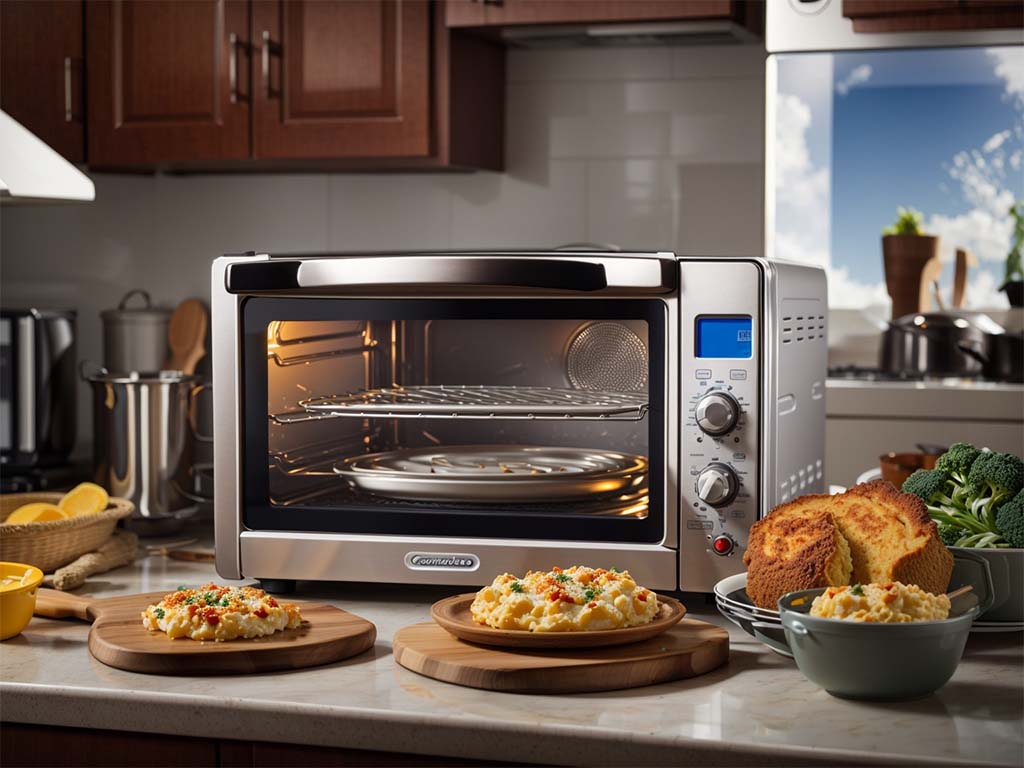
- Grilling: A grilling feature is provided on several microwave ovens. This enables you to grill your preferred items in your microwave, including fish, poultry, and veggies.
Considerations for cleaning and maintaining a microwave oven.
- Safety First: Before you clean your microwave, make sure you disconnect it. This is to ensure that no electrical fires occur.
- Use of Natural Cleaning Agents: The microwave may be cleaned with ease using natural cleaning products such as lemon juice, vinegar, and baking soda. They pose no health risks and clean up easily.
- Regular Cleaning: Keep your microwave free of food debris by cleaning it on a regular basis. The cleanliness of your microwave can be greatly improved just by wiping it down after each usage. The microwave’s effectiveness relies on how often it is cleaned. The interior, the door, and the filter must all be cleaned.
- Proper Use of Microwave: To take care of the microwave, use containers that can go in the microwave, don’t run it when it’s empty, and don’t slam the door.
- Deep Cleaning: A solution of equal parts vinegar and water can be used for a more thorough cleaning. Heat the ingredients in a microwave-safe bowl until they boil. Any bits of food that are stuck will be easily dislodged by the steam.To get rid of stubborn stains, you can use a commercial disinfectant or a mixture of baking soda and water.
- Cleaning the Filter: The microwave’s filter needs to be examined frequently and cleaned or replaced if necessary.
- Turntable Cleaning: Cleaning the turntable should not be overlooked. It may either be taken off and cleaned with dish soap or put in the dishwasher.
- Avoid Metal: Don’t use the microwave for anything metallic. Sparks may fly, which increases the risk of a fire.
- Check the Door Seal: Food particles can hinder the door seal from functioning correctly, so it’s important to inspect it regularly. Incorrectly closing the door of a microwave oven poses a serious safety risk.
- Polishing the Microwave: To restore the microwave’s lustre, simply wipe its exterior with a dry cloth.
Weighing the Pros and Cons of Microwave Ovens
The Benefits of Using a Microwave Oven
- Convenience: Microwave ovens are quite handy since they can heat and cook food very quickly.
- Nutrient Preservation: Contrary to widespread opinion, cooking with a microwave may help nutrients stay more intact. Low cooking temperatures and short cooking times help preserve important nutrients in the meal.
- Energy Efficiency: Microwaves are efficient because they use electromagnetic waves generated by electricity to cook food.
- Safety: Microwaves are completely safe to use since they have built-in metal shields and screens that block any stray microwave radiation.
- Reduced Formation of Harmful Compounds: In fatty foods like bacon, microwaving has the potential to reduce the production of hazardous substances like nitrosamines.
The Potential Drawbacks and Health Concerns of Microwave Ovens
- Uneven Heating: The danger of food poisoning may increase when food is heated unevenly in a microwave, especially when it comes to meat and eggs.
- Plastic Containers: When food is heated in plastic containers that are not marked as microwave-safe, hazardous substances like bisphenol A (BPA) can be leached into the food.
- Potential Nutrient Loss: Even though it does a good job of maintaining nutrients, microwaving can damage specific chemicals, such as some of the components in garlic that help prevent cancer.
- Risk with Liquids: Burn risks arise from overheated liquids that could erupt from their container.
- Concerns with Small Children: As a result of the potential for scald burns, never microwave infant formula or food destined for young children.
When used right, microwave ovens are a convenient way to heat food and are usually safe to do so. They use microwaves, which are a type of electromagnetic radiation like radio waves, to heat food. Microwaves bounce off of metal, go through glass, paper, plastic, and other similar materials, and heat up food. Inside the oven, microwaves are made by a device called a magnetron. The microwaves bounce off the metal inside the oven, which makes the water molecules in the food move. This causes molecules to rub against each other, which creates heat that cooks the food. [^1^]
Microwaves are not ionising radiation, so they don’t pose the same risks as x-rays or other types of ionising radiation. But microwave radiation can heat body tissues the same way it heats food. If you get too much microwave radiation, it can burn your skin or cause vision problems. Less is known about what happens to people who are only slightly affected by microwaves. [^1^]
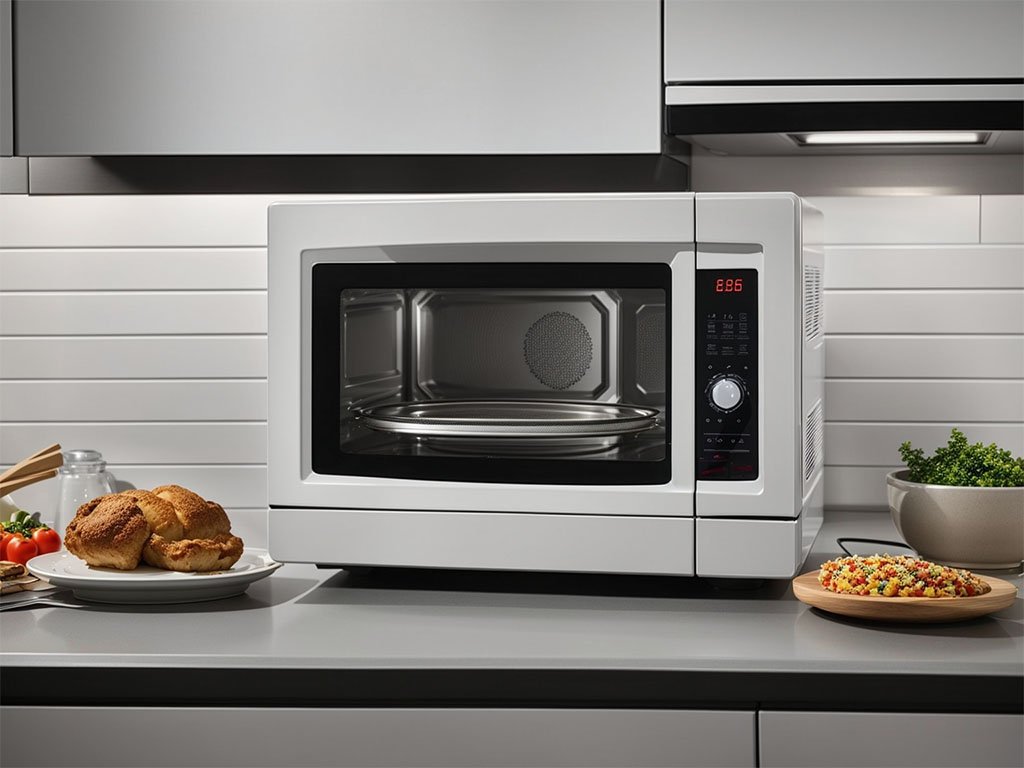
A microwave that is in good shape will not leak microwave energy. If your microwave is broken, there is a chance that microwave energy could leak out. If your microwave’s door hinges, latches, or seals are broken, or if the door won’t open or close properly, you should call the manufacturer for help. [^1^]
Most of the injuries caused by microwave ovens are burns from hot containers, overheated foods, or liquids that explode. Most injuries aren’t induced by radiation. Still, very few people have been hurt by radiation because of unusual circumstances or bad maintenance. [^1^]
[^1^]: [FDA – Microwave Ovens]
The Art of Choosing the Right Microwave Oven
Factors to Consider When Buying a Microwave Oven
There are a few things to keep in mind while shopping for a microwave oven to make sure you receive the best product possible:
- Average Cost of a Microwave: The kind and features of a microwave oven can have a big impact on the cost. Prices for countertop microwaves start at around $50, making them typically the cheapest. Built-in microwaves can cost up to $300, while over-the-range (OTR) versions start at around $200.
- Space and Location: Think about the available counter or cabinet space and microwave placement. Over-the-range (OTR) models do not take up counter space but instead are mounted over the range. Built-in devices are those that can be permanently installed into a wall or cabinet.
- Type: You can choose between built-in, over-the-range (OTR), and countertop microwaves. There are advantages and disadvantages to each variety. Examples include the ease and low cost of countertop machines, the counter space-saving qualities of over-the-range versions, and the streamlined, integrated appearance of built-in types.
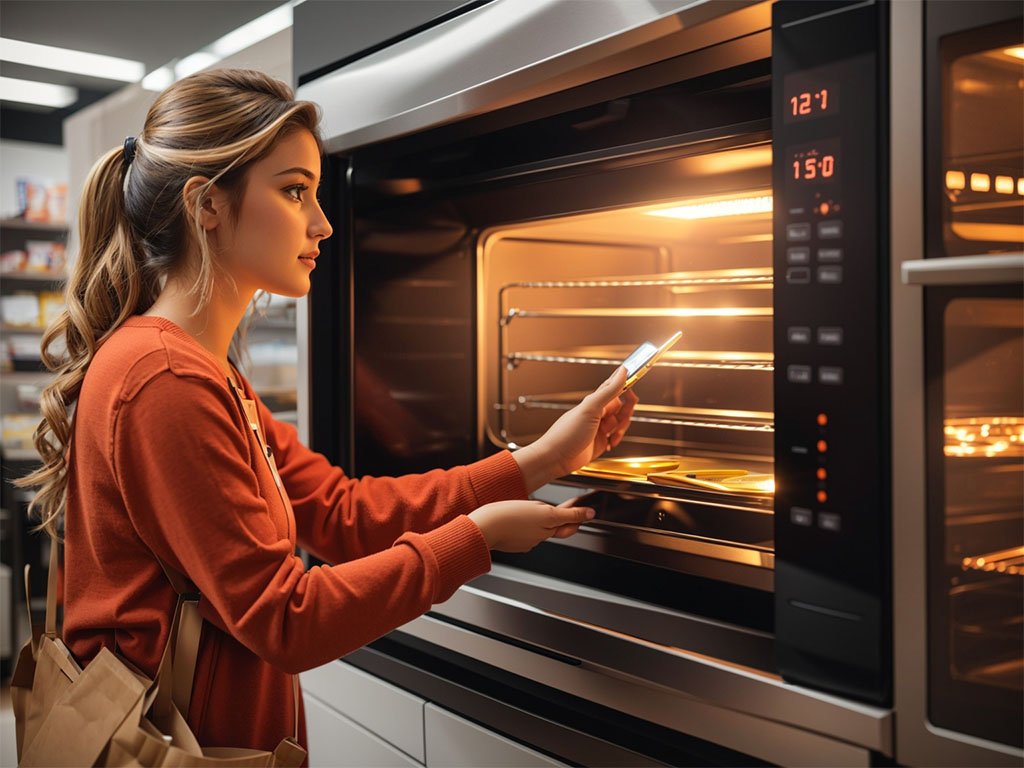
- Features: The more you pay, the more bells and whistles you get. The sensor is a great addition because it detects when food is done cooking based on the amount of steam it releases. Turntables and trays that distribute heat evenly, as well as variable power settings, are other characteristics to think about.
- Brand: There are many who will only buy appliances from one manufacturer for the kitchen. IFB, LG, Panasonic, Samsung, Sharp, and Whirlpool are just a few of the most well-known names in the microwave industry.
- Wattage: The microwave’s ability to cook depends on how many watts it has. More powerful models allow for more rapid and consistent heating. Microwaves with more power (at least 700 watts) can heat food more quickly and uniformly.
You’ll be able to find the ideal microwave for your home and family if you keep these things in mind. In the following paragraphs, I’ll discuss some of the most well-regarded models of microwave ovens now on the market.
The Best Microwave Ovens on the Market
Based on ratings and reviews from actual buyers, the following microwaves are among the very finest currently on the market.
- Panasonic 20L Solo Microwave Oven (NN-ST26JMFDG, Silver, 51 Auto Menus): This microwave oven from Panasonic is a solo model with 20L capacity. It comes with 51 auto menus for a variety of dishes. It has received a rating of 4.4 out of 5 stars from over 4,516 customers.
- Samsung 28 L Convection Microwave Oven (CE1041DSB3/TL, Black, SlimFry): This convection microwave oven from Samsung has a capacity of 28L and features SlimFry technology. It has received a rating of 4.4 out of 5 stars from over 7,900 customers.
- Samsung 28 L Convection Microwave Oven (MC28A5013AK/TL, Black, Curd Anytime): Another model from Samsung, this convection microwave oven has a unique feature that allows you to make curd anytime. It has received a rating of 4.3 out of 5 stars from over 3,769 customers.

- LG 20 L Solo Microwave Oven (MS2043BP, Black): This solo microwave oven from LG has a capacity of 20L. It has received a rating of 4.3 out of 5 stars from over 2,226 customers.
- Panasonic 20L Solo Microwave Oven (NN-SM25JBFDG,Black): This solo microwave oven from Panasonic has a capacity of 20L. It has received a rating of 4.4 out of 5 stars from over 2,664 customers.
| Sr. No. | Product | Buy link |
|---|---|---|
| 1. | Panasonic 20L Solo Microwave Oven (NN-ST26JMFDG, Silver, 51 Auto Menus) | Check on Amazon |
| 2. | Samsung 28 L Convection Microwave Oven (CE1041DSB3/TL, Black, SlimFry) | Check on Amazon |
| 3. | Samsung 28 L Convection Microwave Oven (MC28A5013AK/TL, Black, Curd Anytime) | Check on Amazon |
| 4. | LG 20 L Solo Microwave Oven (MS2043BP, Black) | Check on Amazon |
| 5. | Panasonic 20L Solo Microwave Oven (NN-SM25JBFDG,Black) | Check on Amazon |
These microwaves are often regarded as the best in their class, and they are manufactured by well-known companies. The next part of this article will focus on the topic of microwave ovens’ energy efficiency.
Comparative Analysis: Microwave Oven vs Other Appliances
Microwave Oven vs OTG: A Comparative Study
Oven Toaster Grills (OTGs) and microwave ovens are both commonplace kitchen appliances, and they each have advantages and disadvantages. Here’s a look at the differences:
- Functionality: Microwave ovens are multipurpose culinary machines that may be used for a range of activities such as warming, defrosting, and cooking. In contrast, OTGs are generally used for baking, grilling, and toasting.
- Cooking Time: OTGs are slower than microwaves at cooking meals. OTGs use air to cook the meal, while microwaves heat the food directly.
- Energy Efficiency: Compared to OTGs, microwave ovens use significantly less power. They reduce energy use and speed up the cooking process, both of which can save money.
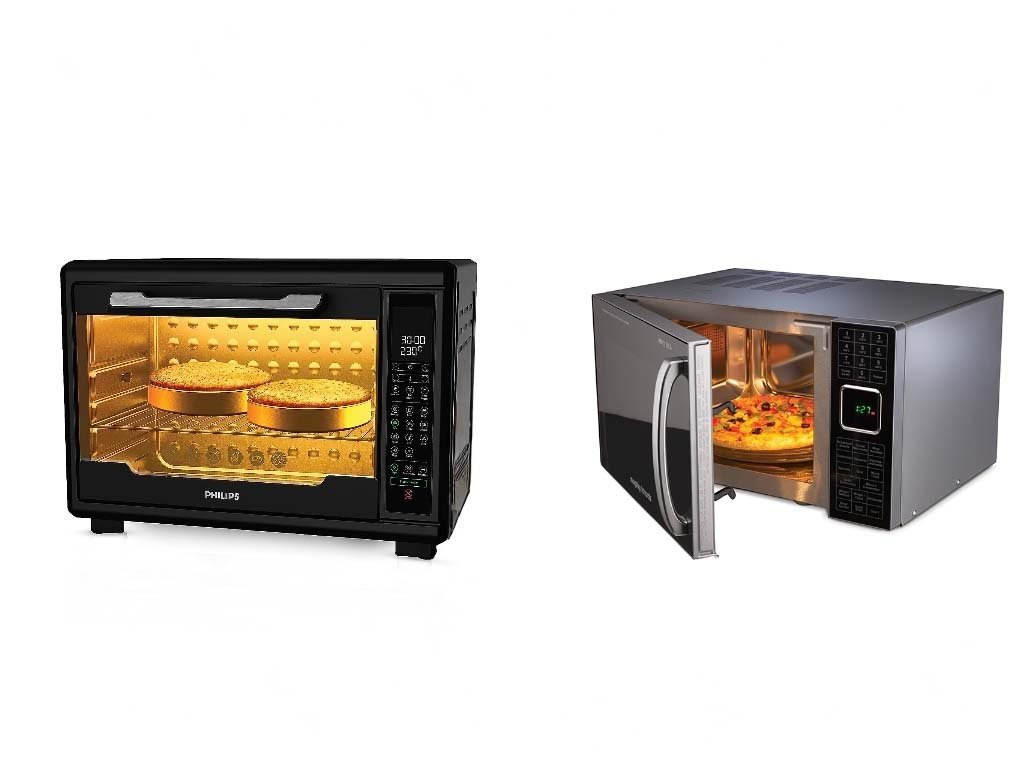
- Cooking Quality: Many people claim that OTGs make superior tasting food than microwave ovens, even though microwave ovens are faster and use less energy. In particular, baked products, which can get soggy in a microwave yet crispy and delectable in an OTG, fall into this category.
- Price: In comparison to microwave ovens, OTGs are more affordable. The cost, however, can change depending on factors including the appliance’s brand, size, and features.
In conclusion, you should consider your culinary needs and preferences while deciding between a microwave oven and an OTG. A microwave oven may be the ideal option if you value efficiency and speed. However, if you enjoy baking and find that food cooked in an OTG has a greater flavour, then an OTG might be the best choice for you.
Air Fryer vs Microwave Oven: What’s the Best Choice?
Popular cooking equipment like air fryers and microwave ovens each have their own niche and set of benefits.
- Cooking Method: Food cooked in an air fryer tastes like it was deep-fried, but it uses less oil and is healthier. On the other hand, microwaves use electromagnetic waves to heat the water molecules in food. This cooks the food quickly and immaculately.
- Versatility: Reheating, defrosting, and frying are just a few of the many cooking chores that a microwave can be used for. Air fryers can bake things like cookies and cakes, but their main uses are for frying, grilling, and roasting.
- Cooking Time: Food cooks more quickly in microwaves than in air fryers. However, unlike microwaves, air fryers can give the meal a crispy finish.
- Energy Efficiency: Both appliances can save you money on your utility bills, but your mileage may vary. When it comes to frying and roasting, air fryers can be more effective than microwaves, but microwaves are better for reheating and general cooking.

- Size and Capacity: When compared to microwaves, air fryers are often more compact and take up less room on the kitchen counter. Their capacity for food preparation is also typically lower.
- Price: In general, air fryers cost more than microwaves. The brand, size, and features of the appliance can affect the price, though.
In conclusion, whether you go for an air fryer or a microwave oven will ultimately come down to your preference and how often you cook. A microwave oven can be a useful equipment for a wide range of cooking needs. However, an air fryer may be the better choice if you want to enjoy fried meals with less oil.
Convection Oven vs Microwave: Which is Better?
While both microwaves and convection ovens are practical kitchen tools, they each offer unique advantages and are better suited to particular jobs.
- Cooking Method: A fan in a convection oven moves hot air around the food, cooking it evenly and quickly. You can bake and roast with this. On the other hand, microwaves heat food directly with electromagnetic waves, which is faster but can sometimes lead to uneven cooking.
- Versatility: However, the versatility of each appliance varies. Quick cooking, defrosting, and reheating are all excellent uses for microwaves. On the other hand, convection ovens are fantastic for baking, roasting, and any other task where you want the food to be crispy.
- Cooking Time: Convection ovens typically operate more slowly than microwaves. However, the uniform cooking of a convection oven can produce better results for chores like baking and roasting.
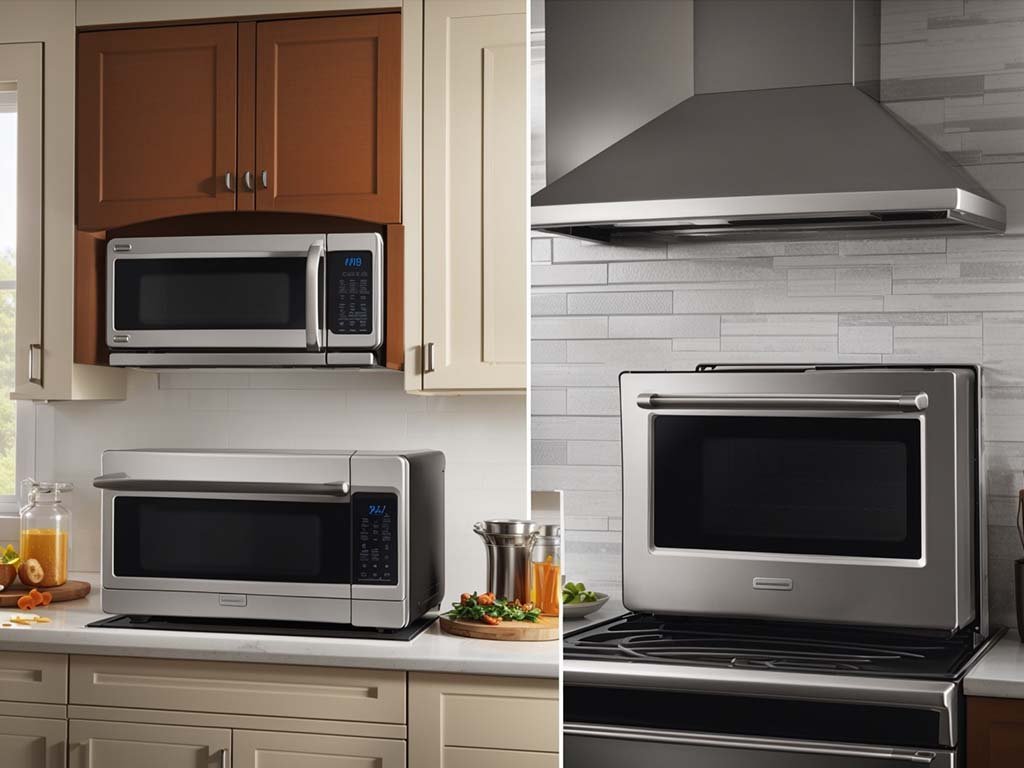
- Energy Efficiency: The degree to which each appliance conserves energy is model and usage dependent. When it comes to reheating and cooking, microwaves tend to be more efficient, whereas convection ovens tend to be more efficient when it comes to baking and roasting.
- Price: Compared to microwaves, the cost of a convection oven tends to be higher. The cost, however, can change depending on factors including the appliance’s kind, size, and features.
Finally, the choice between a convection oven and a microwave oven is determined by your culinary requirements and preferences. A microwave oven may be the ideal choice if you require a multipurpose equipment for a variety of cooking activities. A convection oven, on the other hand, may be a better alternative if you do a lot of baking and roasting.
Conclusion: Mastering the Microwave Oven
Recap and Final Thoughts on Microwave Ovens
Microwave ovens are a handy and efficient kitchen equipment that has become a household staple in many homes. They provide a quick and convenient way to heat meals and come in a number of models and features to meet a variety of culinary demands.
In this comprehensive guide, we examined the history of microwave ovens, their operating principles, and the various varieties of microwave ovens on the market. In addition, we have compiled a list of the top microwave ovens based on consumer feedback and ratings.
In our comparison, we evaluated how microwave ovens compare to other kitchen appliances such as OTGs, air fryers, and convection ovens. Each of these appliances has its own capabilities and is best suited to different jobs, so which one you choose will be determined by your individual cooking requirements and tastes.
To summarise, mastering the microwave oven entails recognising its capabilities and limitations, as well as using it to its best capacity. A microwave oven can be a useful tool in the kitchen, whether you’re reheating leftovers, defrosting meat, or making a dish from scratch.
Remember that using your microwave oven appropriately and safely is the key to getting the most out of it. Always follow the manufacturer’s instructions, and don’t be afraid to try different settings and cooking methods to see what works best for you.
We hope this tutorial has helped you better understand microwave ovens and their role in the modern kitchen. Good luck in the kitchen!


